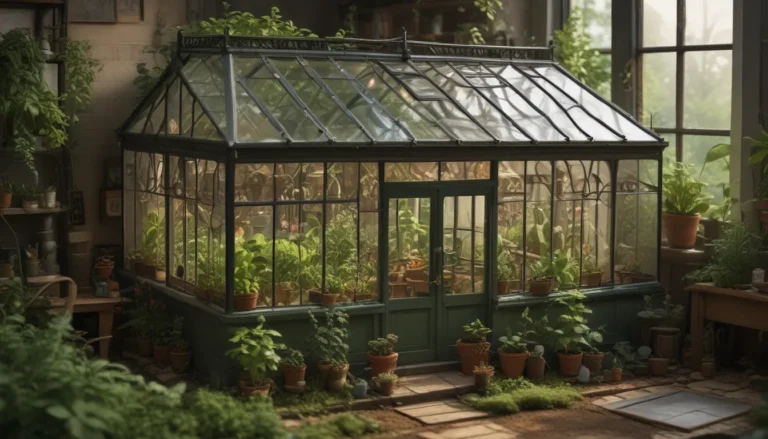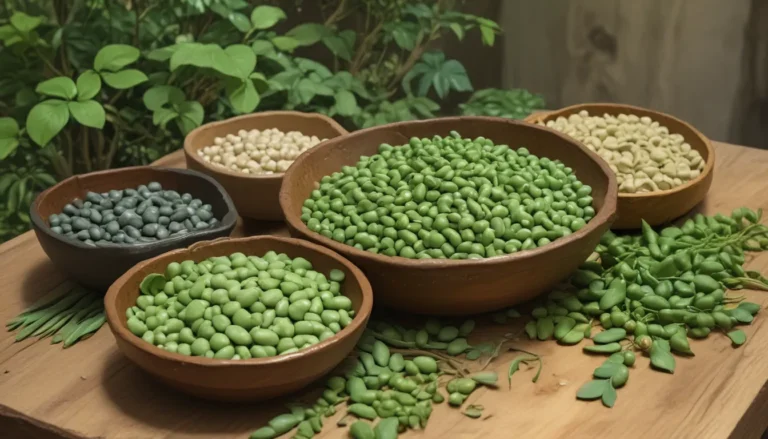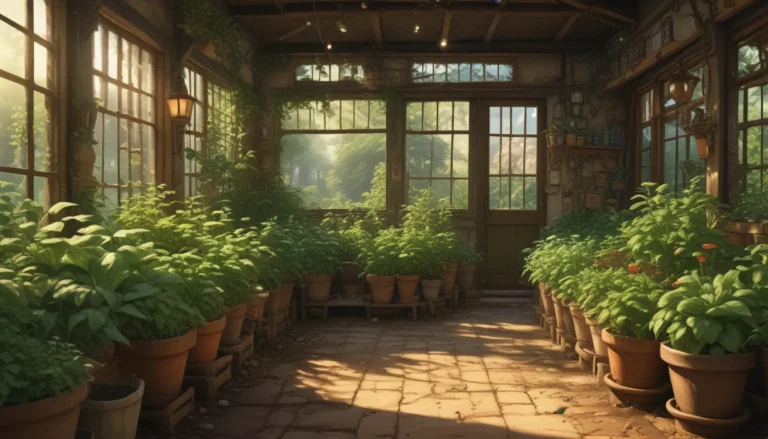In-Depth Guide on Controlling Beetles on Green Bean Plants

As a gardener, there is nothing more disheartening than nurturing your green beans only to have them ravaged by pesky beetles. These insects, such as bean leaf beetles, Mexican bean beetles, and cucumber beetles, can wreak havoc on your legumes if left unchecked. Fortunately, there are effective organic methods to keep these pests at bay and protect your plants.
Understanding the Pests
While many pests may attack green beans, bean leaf, Mexican bean, and cucumber beetles are the most common culprits in home gardens. These bugs tend to feed on the underside of leaves, causing damage to foliage, pods, roots, and stems. It’s essential to actively monitor your garden for signs of infestation to prevent these pests from multiplying and causing significant harm to your plants.
What Kind of Beetles Attack Green Beans?
- Oriental beetles also attack string beans, but the damage is not as severe as that caused by other insects.
- Larvae of these beetles can damage roots and stems, putting a strain on the plants.
How to Identify Beetle Damage
- Check the foliage and undersides of leaves for signs of feeding.
- Look for stem damage caused by larvae.
- Regular morning inspections can help detect pests before they become a major problem.
- Keep an eye on neighboring plants for signs of infestation.
Common Beetle Pests and Control Methods
Bean Leaf Beetles
- Identifiable by small holes all over the foliage.
- Plant later in the season to minimize damage.
- Use floating row covers or organic pesticides like neem oil to control infestations.
- Larvae can be controlled with insecticidal soap.
Mexican Bean Beetles
- Cause leaves to look almost skeletal.
- Plant early-maturing cultivars like ‘Wade’ and ‘Black Valentine’ to reduce damage.
- Release beneficial predators like ladybugs and lacewings early in the season.
- Destroy or compost plants immediately after harvest to prevent overwintering.
Cucumber Beetles
- Despite their name, they also attack legumes.
- Handpick beetles early in the morning when they are most active.
- Use garden cloches and floating row covers for protection.
- Organic pesticides like pyrethrum and neem are effective against cucumber beetles.
Other Common Pests
- Aphids, slugs, caterpillars, and vegetable leaf miners are additional pests that may infest green beans.
- Use natural remedies like insecticidal soap or home remedies like dish soap spray.
- Practice good gardening habits like soil testing and crop rotation to prevent infestations.
Tips for Beetle Control
- Maintain vigilance and monitor your plants regularly for signs of infestation.
- Use physical protection methods like row covers and cloches.
- Implement organic pesticides and beneficial predators to keep pests under control.
- Avoid planting the same crop in the same area year after year to prevent the buildup of pest populations.
Green beans are a delightful vegetable to grow in your garden, perfect for beginners and seasoned gardeners alike. Despite the challenges posed by beetle pests, with proper care and preventive measures, you can enjoy a bountiful harvest of fresh, healthy legumes.
Have you encountered beetle pests in your green bean plants? Share your experiences in the comments section below. For more guides on caring for green beans, explore our recommended resources:
- Plant Green Beans And You’ll Feel Like a Gardening Pro
- How to Grow Bush Beans
- 31 of the Best Companion Plants for Beans
Conclusion
Protecting your green beans from beetle pests requires a combination of vigilance, prevention, and effective control methods. By understanding the types of beetles that attack legumes, identifying signs of damage, and implementing organic pest control strategies, you can safeguard your plants and enjoy a productive harvest. Remember to stay proactive, monitor your garden regularly, and leverage natural solutions to keep beetle pests at bay. Happy gardening!
Disclaimer: This article contains valuable insights on controlling beetle pests on green bean plants for educational purposes only. For specific advice tailored to your garden’s unique needs, consult with a local horticulture expert.





